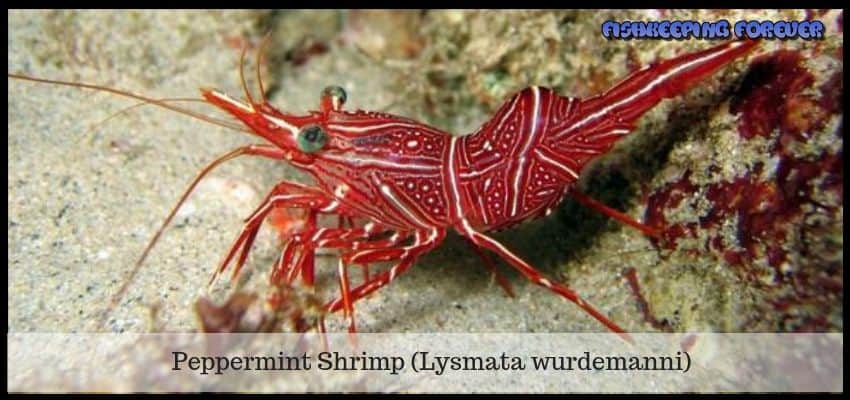
In addition to what it obtains from scavenging, the diet of the Peppermint Shrimp should consist of most types of prepared foods and the occasional pieces of fresh fish. It also requires supplemental iodine to encourage proper molting of its carapace. Like other invertebrates, the Peppermint Shrimp cannot tolerate copper-based medications or high nitrate levels. Peppermint Shrimp are very social and peaceful towards most reef inhabitants. The Peppermint Shrimp does best in home aquariums with live rock, ample places to hide, as well as open areas to scavenge. Some even take up residence in the core of pipe sponges. In the wild, Peppermint Shrimp are usually found in the vertical shafts of the reef. However, that shrimp has a pointed nose and inter-spaced white stripes over its body. This ornamental member of the Hippolytidae family is brightly colored with a creamy white body striped with several thin and distinct longitudinal red bands.Īlso known as the Veined or Caribbean Cleaner Shrimp, the Peppermint Shrimp is sometimes confused with its Pacific cousin, Rhynchocinetes durbanensis. The Peppermint Shrimp picks its way around your aquarium and live rock to consume detritus, uneaten food, and decomposing organic material. Though considered part of the "cleaner" grouping of shrimp, Lysmata wurdemanni is more of a scavenger. Keep in mind that some individual Peppermint Shrimp are better at managing aiptasia while others may not be interested in aiptasia at all.

The Peppermint Shrimp is best known for its natural ability to manage nuisance Aiptasia, or glass anemones.


 0 kommentar(er)
0 kommentar(er)
